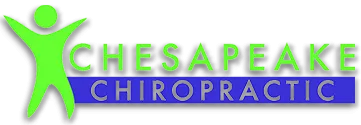
Not all pain is caused by obvious injuries like broken bones or cuts. Some pain may stem from the myofascial tissues. These tough membranes are wrapped around your muscles to provide support and connect them to other parts of the body.
When myofascial tissue becomes stiff, it may restrict movement in both the muscles and joints. This can lead to joint and muscle pain. During myofascial release, your chiropractor will locate and release areas of myofascial tissue that are stiff and tight.
Myofascial Pain Symptoms
Myofascial pain can be caused by trauma — such as a car accident — repetitive motions or muscle tension due to stress. In fact, people who are often stressed or anxious may be more likely to develop myofascial pain. This could be due to frequent clenching of the muscles.
The symptoms of myofascial pain include a deep ache or pain in the muscle, pain that continues or worsens, or a sensitive knot in the muscle. The source of the pain is stiffness in specific areas of myofascial tissue — known as “trigger points.” Normally, myofascial tissue is elastic and moves when light pressure is applied. Trigger points, though, feel tight and rigid.
Unlike pain caused by broken bones or cuts, myofascial pain can occur over a wider area of your body. Also, the trigger points may not be located near the area where you are experiencing the pain. This is called referred pain.
Diagnosis of Trigger Points
During a physical exam, your chiropractor will identify areas of myofascial tissue that are stiff and rigid. This is done by applying light finger pressure to the body, looking for tissue that does not feel elastic or move easily. Again, the trigger points may not be located near the source of your pain.
Myofascial Release Treatment
After identifying the trigger points, chiropractors can use myofascial release therapy to reduce the stiffness in the myofascial tissue. This technique involves stretching and applying manual pressure to areas of the myofascial tissue that are tight.
During the treatment, your chiropractor will carefully observe your body’s response in order to know how much and where to apply the pressure. Loosening up the myofascial tissue can allow the muscles to move more freely. This may reduce your pain symptoms.
Muscle pain can result from many different causes. If are experiencing pain, consult your chiropractor to help you determine your best treatment options.
